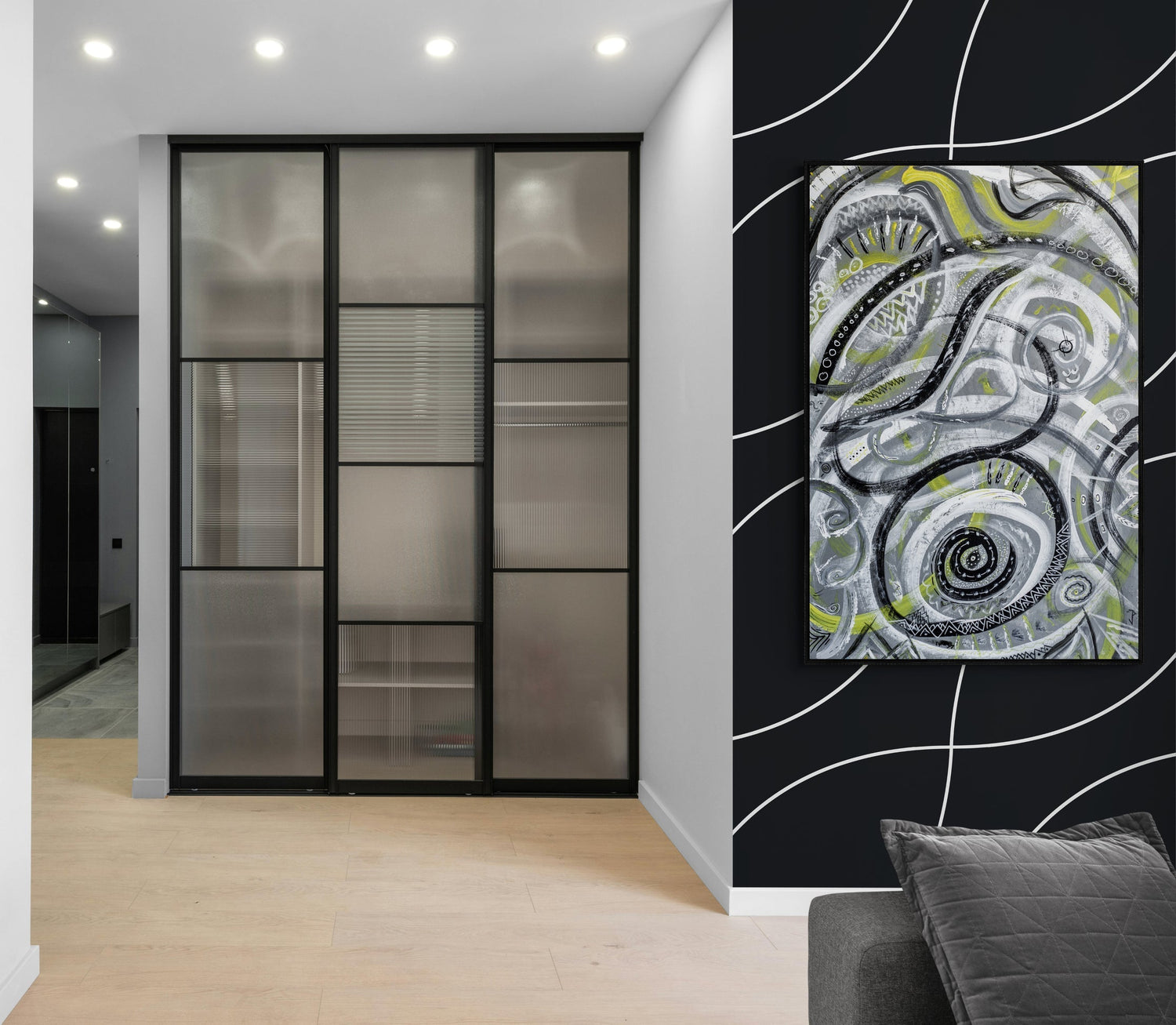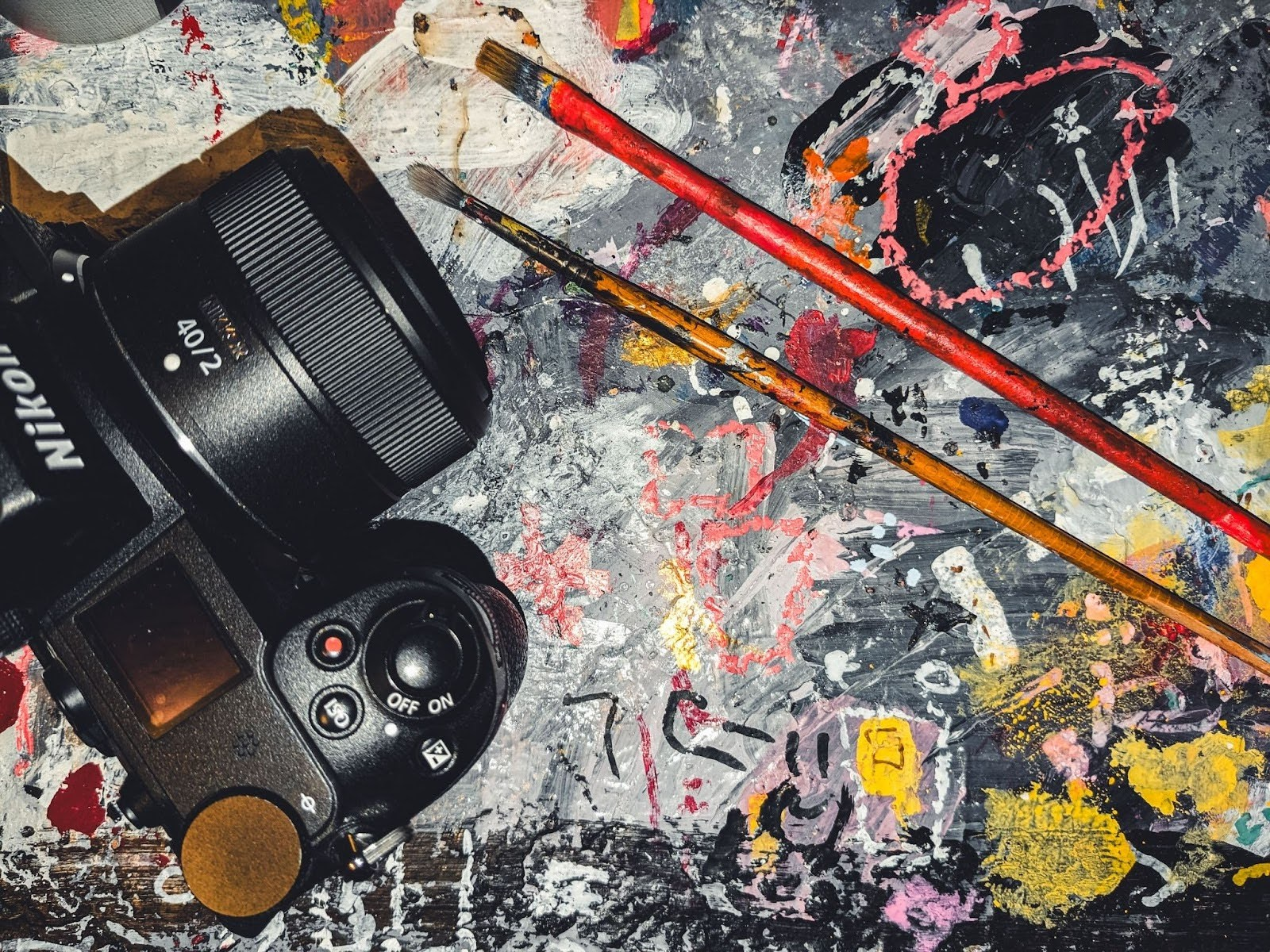Open-plan living can feel bright, welcoming, and unrestricted, but it also brings some design challenges. When everything shares the same floor space, it’s easy for each area to blur. Whether it's the kitchen bleeding into the dining area or the living room overlapping with your work corner, things can start to feel a bit undefined. That lack of structure may work for a while, but over time, it can create visual noise and make it harder to relax or stay focused.
One way to shape open spaces without using walls or dividers is through art. Art has a quiet, powerful way of signaling a shift in tone within the same room. Whether through color, size, or style, it can help turn one blended space into several distinct areas. Art for the home becomes more than décor. It becomes a part of how a space functions and feels. When chosen thoughtfully, it can completely change the flow and experience of the room.
Benefits Of Defining Zones In Open-Plan Spaces
Zoning in open-plan settings is not just about organization. It sets the tone for different parts of your home and creates a rhythm that supports your daily life. When each zone feels purposeful, the whole space becomes more comfortable and easier to live in.
Here’s what happens when you break things up into more defined areas:
- Function becomes clear. You instantly know what each corner is meant for. Whether it’s reading, dining, or relaxing, the purpose feels intuitive.
- Visual balance improves. Zones keep the room from feeling like one giant collage of furniture and décor. Art helps break up long sight lines and brings structure.
- It feels more personalized. You can reflect different moods in each zone, depending on how the space is used.
- It becomes cozier. Even in large rooms, smaller zones make the space feel more inviting. Defined areas add comfort without needing walls.
Imagine walking into your space and seeing a soft abstract print above the reading nook, a bold piece near the dining area, and a calming photo series by your desk. Without rearranging walls or building anything, you've told your space what it's meant to do. That kind of clarity makes your home feel more aligned with how you actually live.
Choosing The Right Art For Each Zone
Not all art works the same way in every space. What you hang above the breakfast counter shouldn't feel identical to what surrounds your relaxation nook. While art can’t do all the work on its own, it can carry a lot of weight if you choose the right pieces for each zone’s purpose and mood.
For a reading or meditation corner, soft-toned art with gentle movement or open, airy compositions may feel most natural. Abstract works with muted colors or fine art photography focused on nature supports focus and calm. In contrast, dining or gathering areas benefit from vibrant or expressive pieces that energize the scene and spark conversation.
Consider these when selecting art for different zones:
- Match the artwork to the energy of the space. Busy places thrive with rich tones and strong shapes. Restful areas need less visual activity to stay peaceful.
- Use a mix of mediums across zones to create natural distinction. Blend canvases, photo-based works, or framed prints to separate spaces without needing physical dividers.
- Think about scale. A large art piece, especially black and white, can visually define a zone’s boundary. Smaller pieces in a balanced layout help direct the eye without overwhelming it.
Don't overlook placement. Art hung at traditional eye level feels centered and easy to view. But in areas often used while seated, hang pieces a bit lower to feel more fitting. For walkways or busy corners, keep surrounding walls uncluttered to help the artwork stand out.
Choosing with these ideas in mind helps your space feel unified, yet still experience variety from corner to corner. And whenever you’re ready for a refresh, switching out a single piece can completely update the feeling in that area.
Techniques For Using Art To Define Zones
You don’t need structure to make structure. The right arrangement of artwork can shape each corner of a room into something distinct without putting up partitions.
Gallery walls are one of the simplest and clearest ways to divide a space visually. A group of matching or themed pieces behind a dining table acts as a clear backdrop for that section, letting it stand out without breaking flow. Just keep styles within the same zone somewhat connected so the collection doesn't feel scattered.
Choosing one large work as a centerpiece works just as well. Placing a bold piece above a console or sectional tells the eye, “This is the focus right here.” It sets the mood for conversation areas or chill spaces.
Other helpful techniques Art Finest suggests:
- Use horizontal art to echo furniture lines. A wide piece over a bench or behind a console keeps the artwork in step with the shape and use of the furniture below.
- Define space through rug and art pairings. If the rug marks a zone, make sure the art complements its edges and color story.
- Let colors guide boundaries. Use different palettes per zone—for instance, cooler tones for your work corner and warmer hues for the lounge zone.
Every corner should feel like a continuation of the home, but at the same time offer its own story. Visual breaks done right keep large spaces from feeling chaotic, even when no walls are added.
Personalizing Each Zone With Unique Art Choices
A final move that helps pull the whole concept together is bringing in art that shares part of your story. Instead of decorating each part of your open space with one theme, use art that reflects the role that zone plays in your daily rhythm.
Consider photos from trips, mixed media pieces from artists you admire, or even quirky finds from antique stores. As long as each piece feels right for the activity it anchors, it can do more than fill a wall—it can speak for the space itself.
Here are ways to add personality without creating visual clutter:
- Add personal photography or black-and-white prints in work zones for a calm but meaningful backdrop.
- Select bold or colorful art for crafting areas or spots where activity and inspiration flow.
- Choose atmospheric or nature-themed pieces for corners where you wind down or rest.
- Rotate artwork per season. Swap bright spring scenes or pastels during the warmer months, and move toward moodier, grounded tones in colder ones.
- Use one slightly surprising piece in each zone—for example, something with unusual texture, a vintage frame, or a bright burst that contrasts the rest of the décor.
Keep consistent elements across the space to maintain balance. That might be a repeating color, similar-sized frames, or artwork framed in identical materials. The goal is to make the areas connect without becoming redundant.
Transform Your Open-Plan Space With Art
Planning where your art goes can be just as important as picking out the right couch or table. With a little thought on placement and mood, you can turn one large room into several smaller areas that each serve a real purpose.
You don’t always need walls to divide or organize. You just need a good sense of what part of your home does what—and art that backs it up.
Think of each area as its own page in your home’s story. One may bring calm. Another may bring energy. And with the right mix of tone, size, and placement, you can shape every corner into something that feels considered and inviting.
Whether your taste leans abstract, photographic, or minimalist, using art to tell these subtle visual stories helps make your entire home feel more thought-out. By working with what speaks to you, each zone becomes easy to love and even easier to live in.
Discover how you can make each zone in your home feel more intentional with pieces that reflect your personal style. Explore our collection of art for the home at Art Finest and find the right piece to bring clarity and character to every space.



